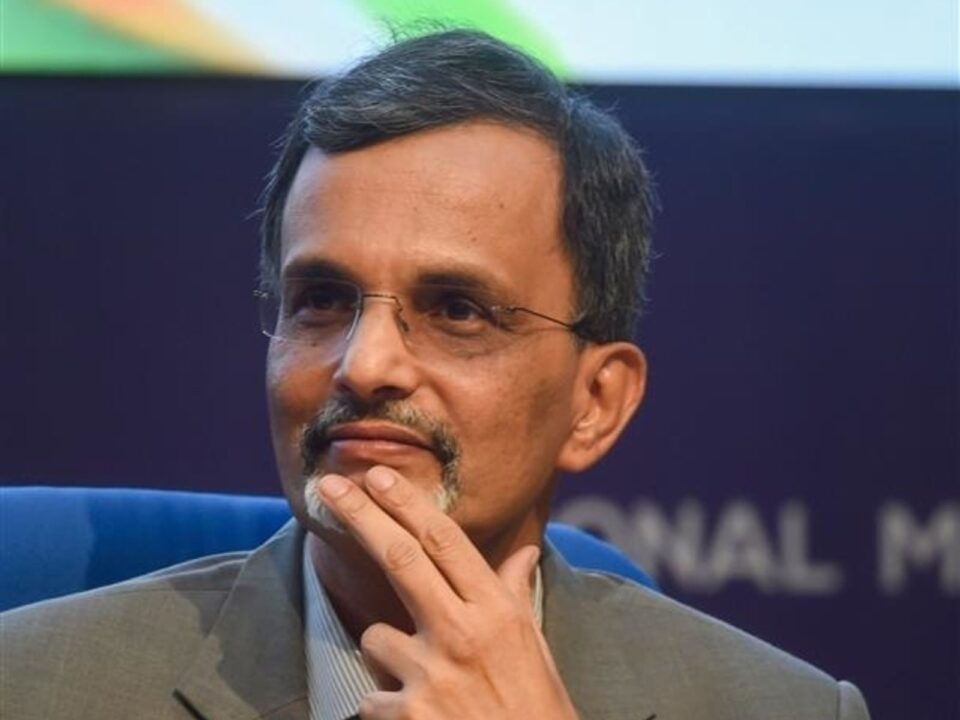
NEW DELHI: The Ministry of Finance, Government of India, released a report titled “The Indian Economy – A Review” forecasts that the Indian economy is poised to grow at over seven per cent in 2024-25, with the potential to surpass this figure and become the world’s third-largest economy by 2030.
The report predicts that India’s economy will escalate from approximately 3.7 trillion dollars this year to five trillion dollars in the next three years, with the possibility of reaching seven trillion dollars by 2030.
The 74-page report, authored by V Anantha Nageswaran, Chief Economic Advisor (CEA) to the Government of India, and his team of economists, clarifies that it is not the official Economic Survey of India prepared by the Department of Economic Affairs (DEA). Instead, it serves as a document that assesses the state of the Indian economy over the past decade. Nageswaran explains that the review provides a concise overview of the economic outlook for the upcoming years, comprising two chapters. The first chapter offers insights into the past, present, and future of the Indian economy, while the second chapter delves into a detailed analysis of the government’s policies and progress in various sectors.
While discussing the growth rate of the Indian economy, the CEA remarked, “It is noteworthy for India to achieve eight to nine percent growth when the world economy is growing at four percent. However, achieving or surpassing seven percent growth while the world economy struggles to reach two percent is a different challenge.”
The report also identifies three key trends that India is likely to confront in the coming years:
The era of hyper-globalisation in global manufacturing is over. The report stated, “It does not mean that de-globalisation will be upon us any time soon, as countries are only now discovering the enormous integration of global supply chains that have taken place in the last few decades.”
“Artificial Intelligence is another big trend to watch out for,” the report warned. “Closely related to this challenge is the advent of Artificial Intelligence with the profound and troubling questions it poses for growth in services trade and employment since technology might remove the advantage of cost competitiveness that countries exporting digital services enjoy,” it stated.
The third trend, and arguably the most important, is the energy transition challenge, the report highlighted. India, according to the report, is “walking the fine line” between economic growth and energy transition.
Nageswaran suggests two crucial measures to address the challenges that India may encounter. First, there is a need to reduce logistics costs and secondly, to invest in product quality to retain and expand market share in areas where India holds a competitive advantage.
Further, Nageswaran commends the government’s strides in infrastructure development, noting that public sector capital investment has risen from Rs 5.6 lakh crore in FY15 to Rs 8.6 lakh crore in FY24, according to budget estimates.
Regarding the financial sector’s growth, Nageswaran asserts, “the financial sector is healthy, its balance sheet is stronger, it is willing to lend and is lending, and non-food credit growth, excluding personal loans, is growing at double-digit rates.”

